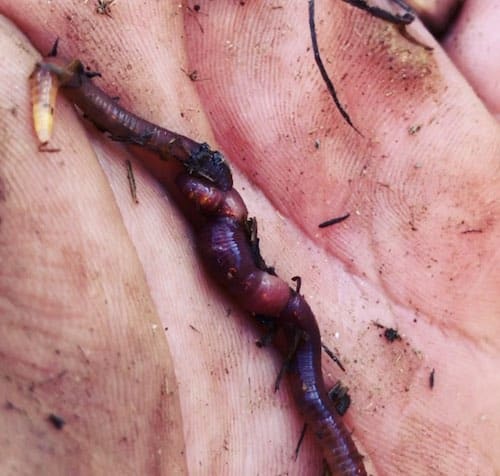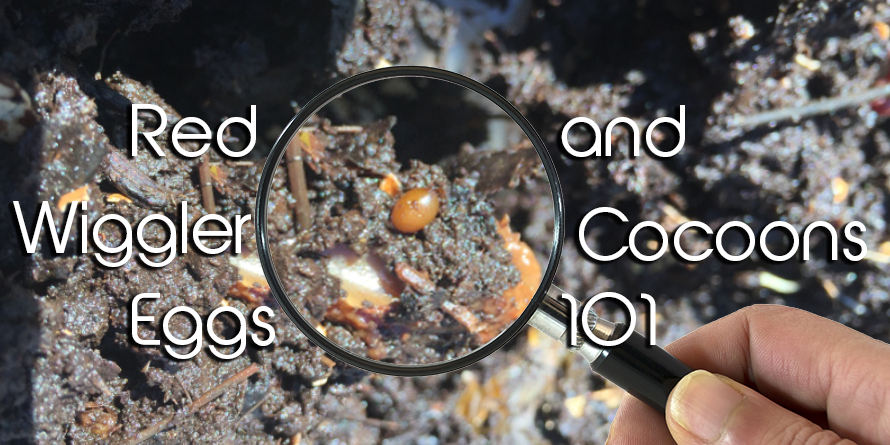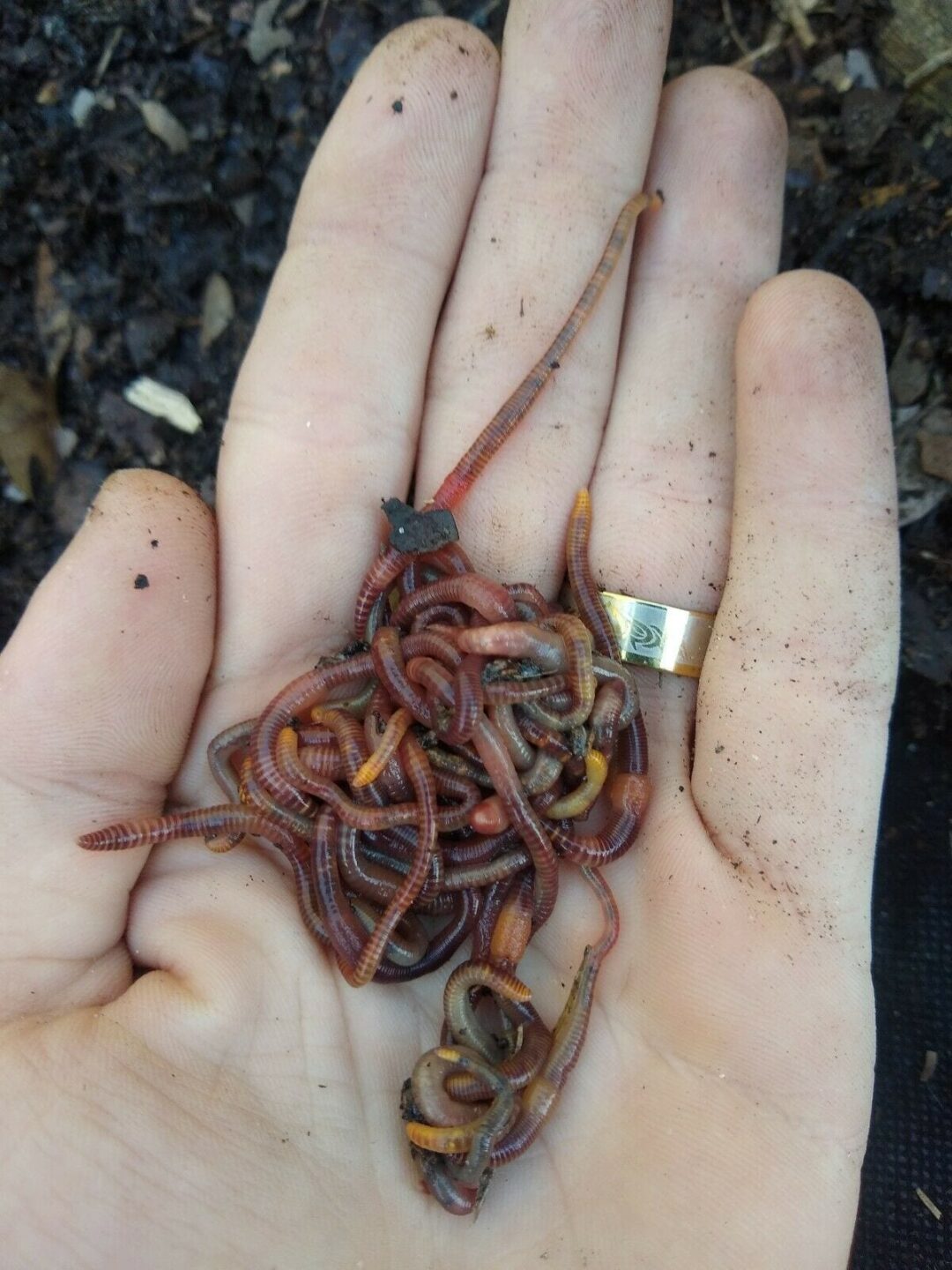Red Wigglers: The Unsung Heroes of Organic Waste Recycling
Red wigglers, or Eisenia fetida, act as critical agents in the natural waste recycling process, changing discarded products right into beneficial vermicompost. Their effective malfunction of organic matter not only improves soil high quality but likewise adds to lasting waste monitoring methods. As the world progressively seeks options to combat waste buildup and boost agricultural performance, recognizing the duty of these worms comes to be vital. What mechanisms enable them to grow in garden compost settings, and just how can they be successfully used in both property and business settings? Checking out these questions exposes the wider effects of vermicomposting in our eco-friendly landscape.
What Are Red Wigglers?
The impressive resilience of red wigglers, scientifically referred to as Eisenia fetida, underscores their vital role in organic waste recycling. These tiny, reddish-brown earthworms are typically located in disintegrating natural issue, such as compost heap and manure stacks. Lake Hickory Bait. Unlike other earthworm varieties, red wigglers thrive in nutrient-rich environments and are extremely reliable at damaging down organic products, making them important for vermicomposting

(Red Wiggler Express)Along with their role in waste reduction, red wigglers add to dirt health by improving soil structure and oygenation via their delving activities (Lake Hickory Bait). Their presence in composting systems not only improves decay prices yet additionally promotes a sustainable approach to squander administration, showing their value in eco-friendly preservation initiatives
Advantages of Composting With Worms
Composting with worms, specifically red wigglers, supplies numerous advantages that enhance both waste management and dirt health. First, these worms successfully damage down natural waste, transforming it into nutrient-rich vermicompost that enhances soil. This process speeds up decay, enabling a faster recycling of kitchen scraps and other natural products compared to conventional composting methods.
Additionally, the vermicompost generated by red wigglers is including valuable microbes, which assist enhance soil framework, oygenation, and moisture retention. This enhances the total health and wellness of plants, promoting vigorous development and enhanced yields in yards and agricultural settings. In addition, using worms in composting reduces the production of greenhouse gases, such as methane, adding to a much more sustainable waste monitoring system.

Just How to Beginning Vermicomposting
Establishing a vermicomposting system is a straightforward process that can produce considerable advantages for both waste administration and soil enrichment. To begin, select an ideal container, such as a plastic container or wood box, with sufficient ventilation openings to make sure correct air movement. The measurements should ideally be around 2 feet by 3 feet, allowing ample space for the worms to thrive.
Next, prepare bedding material, which can consist of shredded paper, cardboard, or coconut coir. This bed linens needs to be dampened to develop an ideal environment for the worms. When the bed linen is in place, introduce red wigglers (Eisenia fetida) right into the container, typically around one extra pound of worms for every single square foot of area.
Complying with the placement of worms, add organic waste, such as fruit and vegetable scraps, coffee grounds, and smashed eggshells. With these steps, you will properly launch a vermicomposting system that adds to sustainable waste monitoring and enhances your soil.
Maintaining a Healthy And Balanced Worm Bin
(Red Wiggler Express)Keeping a worm container prospering requires routine attention and treatment to make sure the health of the red wigglers and the performance of the composting process. Appropriate maintenance begins with monitoring the dampness levels; the container should be moist but not soaked. An excellent guideline is to keep a consistency comparable to a wrung-out sponge.
Carefully mixing the bedding and food scraps every few weeks protects against compaction and guarantees that all worms have accessibility to oxygen. Additionally, it is crucial to feed the worms suitably.
Temperature regulation is an additional essential facet. Red wigglers prosper in a variety of 55 to 77 degrees Fahrenheit. If the container ends up being also hot or chilly, the worms might end up being stressed out - Lake Hickory Bait. Lastly, periodically check for indications of health, such as Red Wiggler Express worm population development and the visibility of healthy castings. By carefully taking care of these aspects, one can preserve a robust and effective worm container.
Impact on Sustainable Living
The effective upkeep of a worm container not just profits the health and wellness of red wigglers however likewise adds dramatically to sustainable living techniques. By reusing natural waste, such as kitchen scraps and backyard particles, red wigglers aid divert significant quantities of material from landfills. This decrease in waste not only reduces greenhouse gas emissions however also lessens the environmental concern linked with waste administration.
Moreover, the spreadings generated by red wigglers act as a nutrient-rich organic plant food, enhancing dirt health and promoting plant development. This all-natural choice to chemical plant foods supports sustainable agriculture and horticulture methods, lowering reliance on artificial inputs that can hurt ecosystems. In addition, worm composting promotes recognition of waste management, urging individuals and areas to adopt even more lasting practices.

Final Thought
In recap, red wigglers offer as important contributors to natural waste reusing with their efficient decomposition of natural materials. By integrating vermicomposting right into waste monitoring techniques, individuals and communities can significantly lower waste while promoting environmental sustainability.